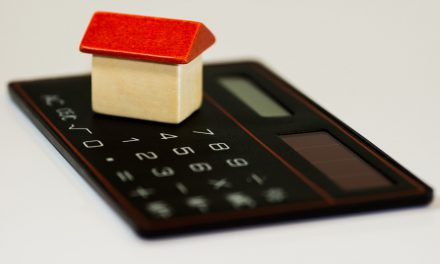Buying a home has always been part of the American dream. New homeowners relish the moment they accept the keys to their new home — so why are more and more of them considering returning the keys?
The phenomenon of walking away from a mortgage is nothing new. The Great Recession saw many homebuyers unable to pay their mortgage on their newly purchased homes. Those unpaid mortgages created a snowball effect resulting in mass foreclosures, the effects of which California is still grappling with today.
Over half a year into the 2020 recession, home prices are skyrocketing due to low inventory and constant bidding wars. In fact, nearly 45,000 homes closed escrow in California during September 2020, which was 5% higher than August 2020.
But this trend won’t last. Many homeowners are already trying to stave off foreclosures and Americans have yet to see the worst of the recession. Already, 3.9 million homeowners are in forbearance as of August 25, 2020, equal to 7.4% of all mortgages in the U.S. When a lender agrees to temporarily refrain from beginning the foreclosure process, the homeowner enters a forbearance period while they try to bring their mortgage current.
Further, 6.9% of mortgaged homeowners are in some stage of delinquency as of July 2020. Here in California, the number is slightly lower at 5.5%. And seriously delinquent mortgages – those 90 or more days past due – are on average 157 days past due.
Forbearance and delinquent mortgages are just the beginning of bigger problems. Foreclosure protections for renters and small landlords and homeowners end on February 1, 2021.
While the current moratorium on foreclosures is helping keep homeowners housed during the pandemic, it is pushing off the inevitable. The underlying economic conditions that caused the 2020 recession will linger long after a cure for the pandemic, just as historic job losses will take years to fix.
Related Articles: 90-day+ mortgage delinquencies are the foreclosure shadow inventory
However, there is another option for homeowners aside from forbearance and delinquency.
Understanding strategic defaults
Homes that are underwater can take years to recover their value. In this instance, many homeowners choose to stop making their payments, even if they can afford them, since the home has become a bad investment. This decision to default on purpose is known as a “strategic default” or “voluntary foreclosure.”
Strategic defaults were common during the Great Recession and for several years after, particularly in the hardest-hit regions where home values failed to recover quickly.
With a strategic default, a homeowner may be liable for a deficiency judgment after the foreclosure. Some states, including California, have anti-deficiency laws. Mortgage debt under California’s anti-deficiency statutes is broken into two types of obligations, recourse or nonrecourse.
Nonrecourse debt is created by statute covering mortgage in two sets of facts:
- purchase money debt of any priority on title (first, second or even third trust deed), is a mortgage which funded the purchase or construction of a homebuyer’s one-to-four unit owner-occupied residence; or
- seller financing, also called a credit sale, installment sale or carryback paper, on the sale of any type of real estate when the debt is secured solely by the property sold.
A mortgage holder holding a nonrecourse mortgage may not pursue the homeowner personally to collect for a deficiency in the secured property’s value to fully pay off the nonrecourse debt following any type of foreclosure.
Recourse debt is any mortgage other than mortgages classified as nonrecourse debt. A mortgage holder may only pursue a homeowner for a loss on the recourse mortgage due to a deficiency in the price of the secure property through judicial foreclosure and then only if:
- the court-appraised value of the property at the time of the judicial foreclosure sale is less than the debt; and
- the bid is less than the debt owed.
While there are many upsides to strategic default, there are a few downsides including:
- difficulty getting new loans;
- significant credit score drop; and
- future housing issues.
Strategic defaults are one of many routes a homeowner can take during the tough months and years ahead. With traditional options exhausted, a strategic default may be a homeowner’s best lifeline, especially considering that the housing market won’t fully recover until the job market rebounds in 2022 or 2023.


















